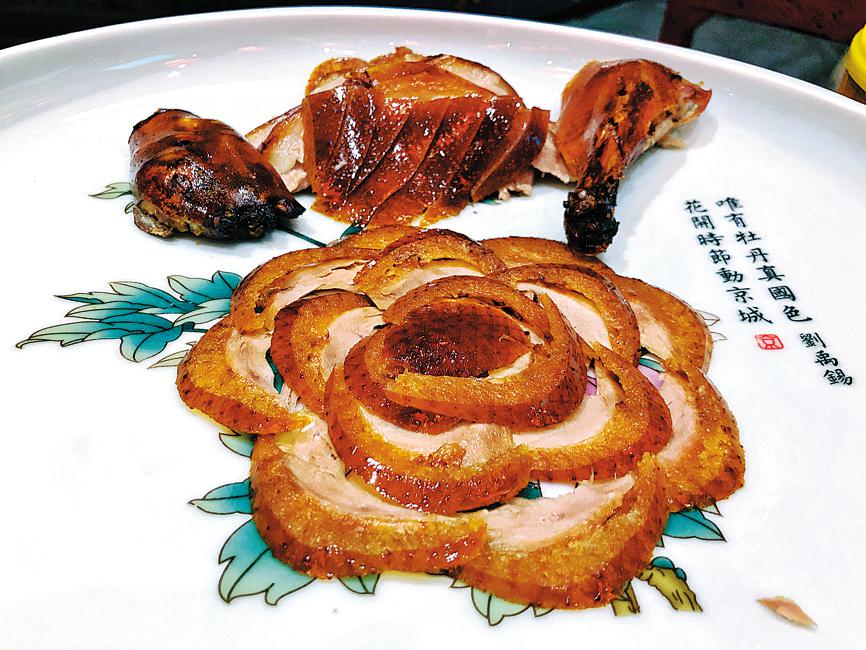

The stories about the origins of roast duck vary, but it is said that the Peking roast duck can be traced back to the Ming Dynasty (1368-1644). In the 1420s, Emperor Zhu Di, also known as the Yongle Emperor, moved the country’s capital from Nanjing to Beijing. Chefs working for the royal family also moved to Beijing, where they came up with new methods to cook duck.
Founded in 1416, Bianyifang is the oldest Peking roast duck restaurant in Beijing, which cooks ducks in a menlu(an enclosed oven), making the birds’ skin crispy and juicy. In 1864, the Quanjude restaurant was established in the city, which has gained worldwide recognition for its gualu(hanging-oven) style of cooking the ducks. In such a culinary technique, ducks are roasted inside an open oven with non-smoky fruitwood fuel, such as Chinese date or pear trees, to create a fruity fragrance.
The success of any dish depends primarily on its taste and more competitors are constantly experimenting to improve the flavor. The Michelin Guide Beijing released in 2020 highlighted a Peking duck selection for readers to discern the most outstanding contenders.
Among them, Country Kitchen, Da Dong (Dongsi 10th Alley), Jing Yaa Tang, Poetry-Wine, Sheng Yong Xing (Chaoyang) and Da Dong (Gongti East Road) each have one Michelin star with their unique specialties.
In Country Kitchen, attention may be drawn to the gastronomic spectacle in the open kitchen, with rows of chestnut-fed ducks being roasted in a display oven. Sheng Yong Xing’s signature roast duck is exactly 30 days old, roasted in a stone oven over jujube wood for 70 minutes, and can be served with caviar.
For the more adventurous diner, restaurants often have dishes prepared with duck giblets, such as quick-fried duck heart with coriander and salty poached duck liver, as well as duck feet with mustard.
The bones can also be made into a milky white, nourishing soup.